Over a year into the global COVID-19 pandemic, there are small glimmers of hope that we may be seeing the beginning of the end of the crisis in the United States. Hospitalizations are down after a winter holiday surge; vaccinations are progressing, despite initial distribution challenges; and it appears more and more likely that a new federal aid package is on the way, although many of the details still need to be ironed out. The running death toll is still cause for concern, and the long-term effects of the virus on American society on important factors like our health, education, and economy, remain a bit murky. But after a truly horrifying several months, there’s reason to at least begin feeling somewhat optimistic.
Yet, the U.S. military — the United States institution that enjoys a very high public confidence rating and whose forces (and specifically its National Guard forces) have been deeply, if not somewhat silently, involved in the COVID-19 response since the get-go — is doing a disproportionately bad job with COVID-19 vaccination. Recent reporting indicates that as many as one-third of U.S. servicemembers, despite being eligible to receive the COVID-19 vaccine, have refused to receive it. This boggles the mind, given the important role members of the armed forces have in keeping the United States safe — not just from the threat of the pandemic, but from most threats to our safety and security.
Why the lag?
Unlike the civilian federal workforce or those in the private sector, military leadership can, and often has, compelled vaccinations. Indeed, right now military members are required to receive an annual influenza vaccine. During the post-9/11 response and Operation Iraqi Freedom, military members were also required to receive a smallpox vaccination, and for a time, anthrax vaccinations were required to counter the mere specter of bio-attack. So, it seems a bit incongruent that given the known threat that COVID-19 poses to the public and the members of the armed forces, that the military hasn’t taken a similar posture here.
Perhaps this is because members of the military tend to be younger and healthier than the average public and thus less likely to have significantly adverse responses to the virus, so military leadership doesn’t feel such heavy-handed measures are warranted. Or perhaps it is attributable to the historically rapid pace in which the vaccine was developed and associated concerns about its safety, regardless of whether those concerns are reasonable or not. In fairness, these concerns may be exacerbated because of the military’s experience and challenges with the aforementioned compelled anthrax vaccine. But, all indications seem to point to the fact that the COVID-19 vaccines are safe and effective, despite their rapid development.
The military can and should do better with the COVID-19 vaccination. First, the military’s high public confidence serves as a sort of double-edged sword here, in that low vaccine take rates may cause people in the United States and abroad to likewise pass on vaccination. The counter-factual is a U.S. military with high vaccination rates serving as a confidence-building exemplar and beacon of leadership for inoculation against the virus, both in the United States and around the world. Second, and perhaps more concretely, achieving a high vaccination rate of the U.S. armed forces is a readiness issue, plain and simple. Our soldiers, sailors, marines, airmen, coast guardsmen, and guardians can’t keep America safe if they’re sick. After all, it’s still so very easy to get sick, including seriously so in some cases that seem (frustratingly) random.
Incentives from above
So to do better, President Biden — as the commander-in-chief — should start with the joint chiefs (and the commandant of the Coast Guard) and demand a concerted, cross-service effort to drive up vaccination rates. As a start, this should include a determination of some pre-determined, acceptable level, one well beyond the currently dismal 66%. And it should be accompanied by a promise that an order would be issued from the Resolute desk to compel widespread, all-service vaccination (but subject to the same waiver process as the flu vaccine, which is liberally applied) if the armed forces fail to achieve that level within a reasonable timeframe.
For their parts, the service chiefs should seek ways to improve vaccination rates by incentivizing vaccination amongst their service members, short of compulsion. They have many tools to do so available at their disposal.
First, the service chiefs should lean on their military medical staff to coordinate with the vaccine producers to the extent necessary to develop unified, consistent, and effective cross-service messaging on the safety and efficacy of the vaccines. That this hasn’t been done already, given the military’s role in helping to develop and distribute the vaccine, is a shame.
At a more individual level, military commanders have great discretion to hold morale events, in granting extra leave and liberty, and issuing low-level awards (that in some cases add points for promotion exams) for individuals who get vaccinated or units that hit certain vaccination rate thresholds. Again, optimally there should be a unified, consistently applied effort to use this discretion to spur members who may otherwise be disinclined to get vaccinated to do so. But even without that, individual initiative by unit commanders could make a meaningful difference here.
At the enterprise level, the services could also think about employing increased assignment preference consideration for those vaccinated, although this would admittedly be a bit more challenging to implement given the already often byzantine, multi-factor, more-than-a-little-bit directive assignment process used by most services, where the primary driver is quite often the “needs of the service.” But, with a bit of creativity and effort, there is likely some trade space here with which to target certain rates or ranks, again not providing a whole solution, but perhaps a piece of one.
And finally, the military could — with some rapid legislative support tied to the pending aid package — even consider relatively low-level financial bonuses. These could be akin to tax incentives to spur vaccination rates for those who may otherwise be resistant, for which my Brookings colleague Vanda Felbab-Brown and I recently advocated.
A matter of readiness
In short, the services have several tools at their disposal to help drive up their COVID-19 vaccination rates, short of compulsion, which of course, should remain on the table, especially if the hard-won progress in combatting the pandemic begins to backslide. While these tools are largely limited to the services’ uniformed members, improvements in servicemember vaccination rates will help better ensure military readiness to meet the defense and security challenges of the upcoming years, including those associated with the pandemic. It may also help inspire those civilian members of the national defense enterprise, as well as members of the public on the fence about vaccination, to go ahead and get the shot. And in doing so, the military can continue its great work to help vanquish a foe that’s killed an order of magnitude more Americans than those who have perished in combat since World War II.
The views expressed are the author’s alone and do not reflect the official policy or position of the United States Coast Guard, U.S. Department of Defense, U.S. Department of Homeland Security, or the U.S. Government.

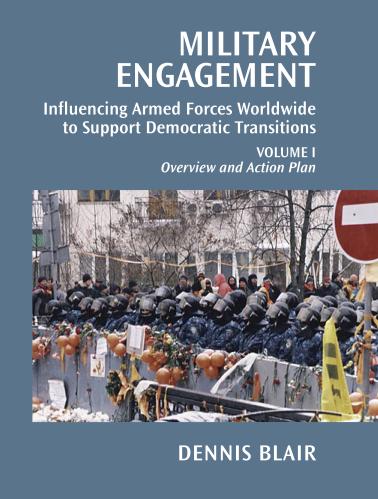
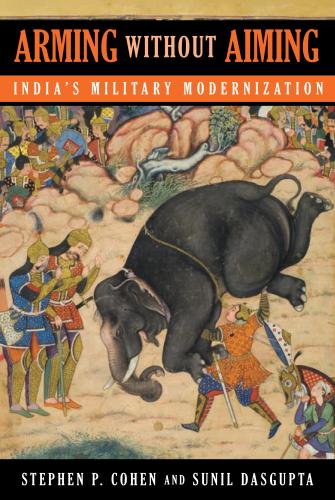
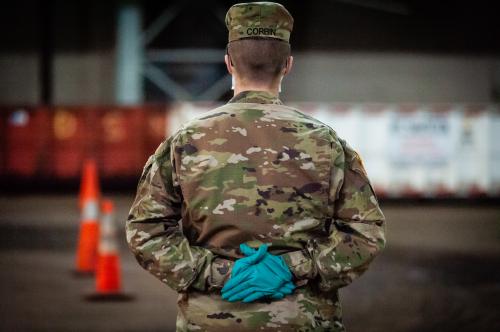
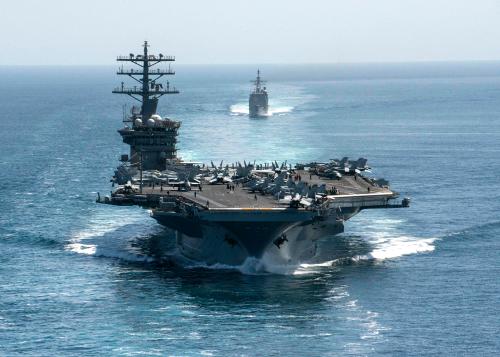
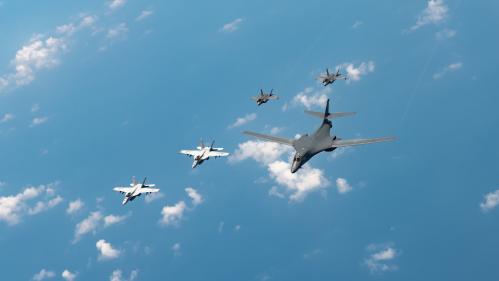



Commentary
Shots in arms: How to get more military servicemembers vaccinated
February 19, 2021